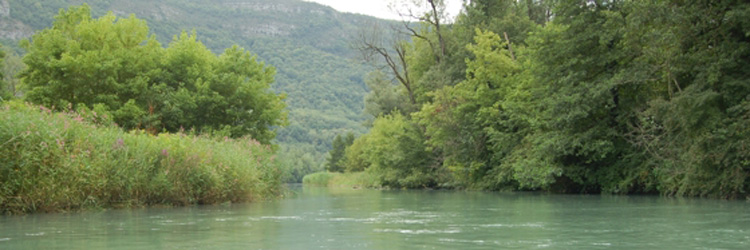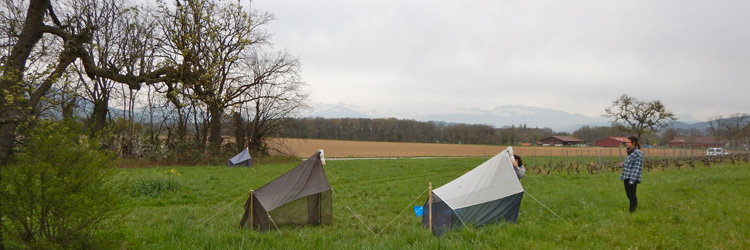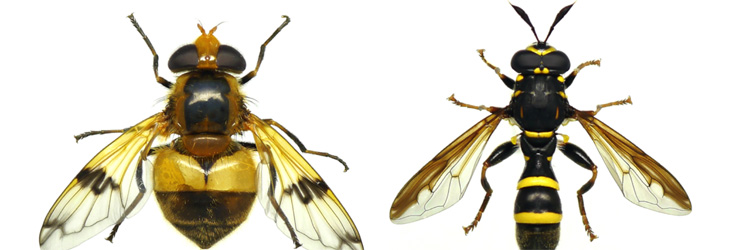Invertebrate Ecology
The Invertebrate Ecology lab focuses on the diversity of invertebrate assemblages in two contexts: i) freshwater invertebrates in running waters and their associated floodplains, ii) terrestrial invertebrates in various settings including suburban agricultural landscapes. The invertebrates we are mostly concerned with include insects, molluscs and crustaceans.
Our work on invertebrates relies a dual perspective:
- The roles of invertebrates in ecosystem functions and services. Given their size, invertebrates are able to process a fraction of organic matter that is not accessible for other animals. They are essential preys for many birds, fish and mammal species. They play key roles in plant pollination and as auxiliaries for many crops.
- The use of invertebrates as tools in ecosystem monitoring, assessment and conservation. Given their diversity and association with all types of freshwater and terrestrial habitats, invertebrates can be used to assess habitat "quality" and to monitor their changes.
Current works in the Invertebrate Ecology lab develop along two lines:
- The medium-term (i.e. 10 - 20 years) monitoring of large-scale river and floodplain restorations (see the RhonEco project on the French Rhône). How does the diversity of invertebrate assemblages react to ecological and hydrological restoration measures? Are there confounding reasons for change in biodiversity following restoration (e.g. the spread of alien species, climate change, contaminants)? How do priority species behave in this context? Can we develop tools to inform future fluvial restorations?
- The use of one family of flies (Diptera, Syrphidae, or Hoverflies, see the Syrph-the-Net project) to assess the role of productive, as well as non-productive, habitats of agricultural landscapes i) in sustaining a diverse fraction of the regional species pool, ii) in providing services beneficial to crop production (pollination, predation on other phytophagous insects).






